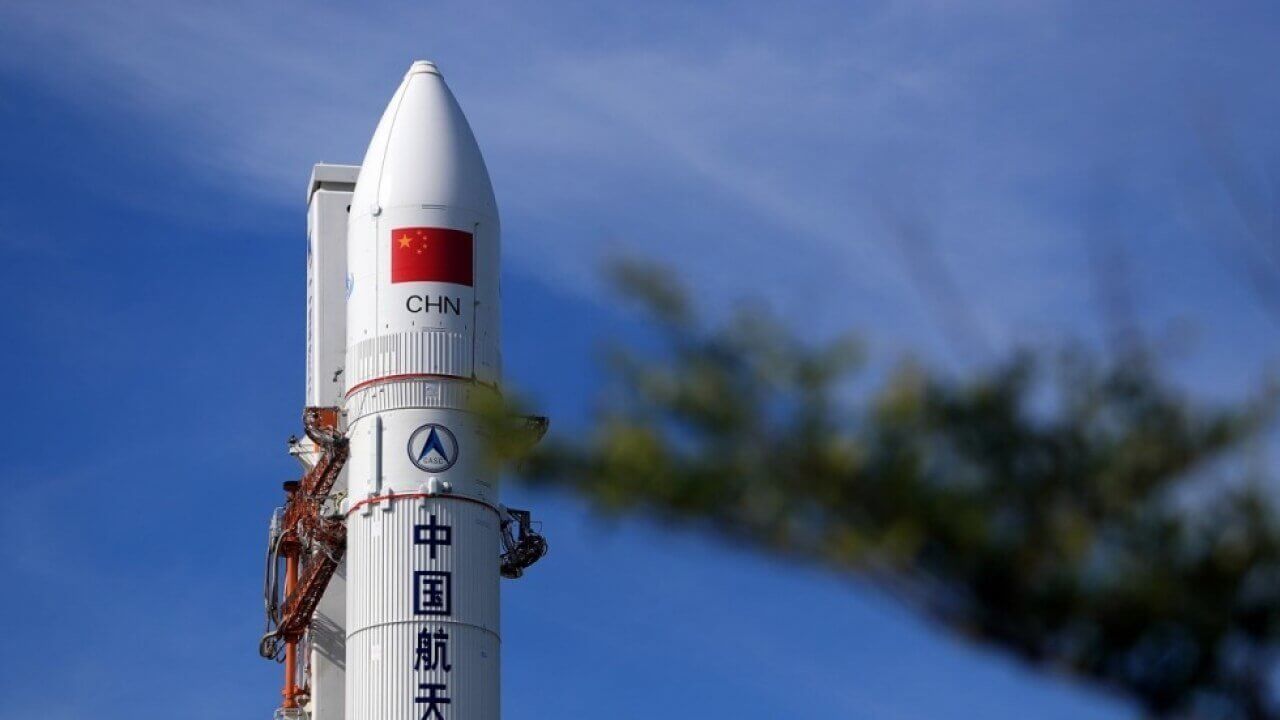
Over the past decade, China has shown unprecedented growth in all sectors of their industry. Science, cars, gadgets, computers. Not far behind is space. Only in recent years, the Chinese national space administration (CNSA) has seriously expanded its series of carrier rockets “Changan”, launched a space station “Tiangong-1” and is actively developing its lunar research program “Chang’e”. And this celestial is not going to stop.
Looking to the future, the Chinese government gave approval for the development of new classes of heavy rockets, which will eventually be used for more ambitious space missions. It is, for example, about “Changzheng-9” — new three-stage launch vehicle of super heavy class, which will be a manned mission to the moon. According to the latest reports from various media outlets, China is reluctant to hold a demonstration of the operation of the engine of this rocket and plans to implement it this year.
This, as sources indicate, are talking about the main first stage engine of the carrier rocket “Changzheng-9”. According to Chinese Academy of aerospace propulsion technology (AAPT), which is part of the Chinese aerospace Corporation (CASC), as well as people responsible for the design, these motors together will be able to create from 3,500 to 4,000 tons of thrust.
In AAPT also noted that the work on the engines of the second and third stages, which will be able to create a thrust of about 200 and 25 tons, respectively, is also carried out. If you start from these figures, it turns out that this is the most powerful Chinese rocket. It will be about 6 times more powerful carrier rocket “Changzheng-5”, and quite possibly, even of the carrier rocket “Saturn-5”, used in the space program “Apollo”.
Engines “Saturn-5” was able to generate approximately 3400 tonnes of thrust. The missile can output to low-earth orbit of up to 140 tons of payload or 48 tons to the lunar orbit. The same “Changzheng-9”, if you believe the statements made, will be able to output up to 140 tons into low earth orbit and at least 50 tons to the moon.
According to Li Hong, the head of the Chinese Academy of development of launch vehicles (a division of CASC, responsible for the development and manufacture of most Chinese launch vehicles), for the main engine, also built a huge new turbopump unit, because the new engine will be four times more powerful than the most powerful Chinese rocket engine YF-100, is able to generate 120 tons of thrust.
Full specifications of Chinese carrier rocket of superheavy class is still unknown, however, the Chinese news Agency China News Service reports that its diameter will be 10 meters. According to the statement made by Li Hong, the first stage engine, operating on kerosene-oxygen mixture, will be able to generate 480 tonnes of thrust (compared to 680 tons at the F-1 engine used in the “Saturn-5”). In turn, the second and third stages will be equipped with engines of a mixture of liquid hydrogen and liquid oxygen.
It is possible that the demonstration of the rocket motor will be held this year. If the project is successful, “Changzheng-9” will take place among the other carrier rockets of heavy class. At present, the only active booster of this class is the Falcon Heavy from SpaceX. However, very soon it can join Space Launch System (NASA), and then from the SpaceX BFR. Russia also leads the development of a superheavy rocket KRK STK (space rocket complex superheavy class). Flight tests will begin in 2028. Main developer is rocket-space Corporation “Energy”. All these missiles are designed to deliver people to the moon and Mars, and possibly beyond.
In addition to the technology demonstration of the engine of the rocket “Changzheng-9” from the Chinese space Agency planned for this year many other ambitious goals. Among them — 35 space launches a series of missiles “Changan”, 14 of which will fall on rocket carrier “Changzheng-3A” and 6 – on boosters “Changzheng-3C”. Most of these missions will be connected with the output of the satellite navigation system “Beidou”. In addition, the planned launch of the lunar lander “Chang’e-4”.
This year China also plans to undertake missions using your latest carrier rocket “Changzheng-5”, which will prepare for future missions for the delivery of Chinese landing modules and orbiters to the moon and Mars. It is also expected to actively work on the rocket “Changzheng-7,” which will likely become the main carrier of the construction of new orbital station, completion of which China wants in 2022.
China this year may show the engine its super-heavy launch vehicle
Nikolai Khizhnyak